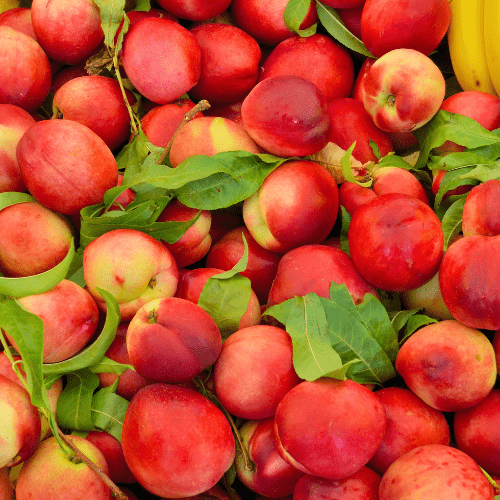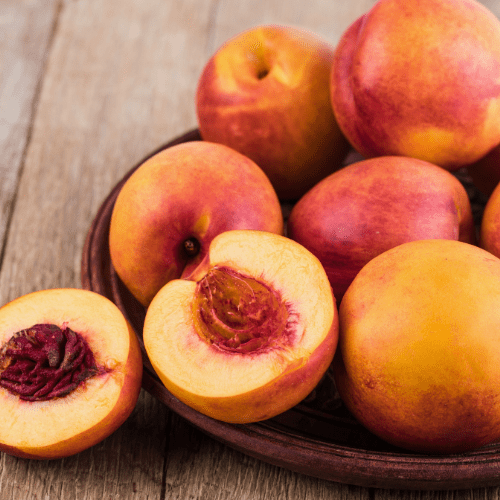Position
Full sunlight helps to prevent the tree from contracting diseases. The sunshine also helps with producing sweet, delicious fruits. Nectarine trees, known as one of the stone fruit varieties, require cold winters.
Give it about 6 metres’ space to allow it to grow without being hindered. Use companion plants like legumes because these attract the right pollinators and help to keep the soil fertile.
Size
This tree reaches a mature height of about 5 metres and its canopy has a width of 2.5 to 3.5 metres.
Soil Type
Soils that are well-draining, but still manage to retain some moisture are best for nectarine trees. The only soils that do not work well are very dense or heavy ones. A slightly acidic pH of between 6.0 and 7.0 is best for fruit trees.
Mulch
Apply organic mulch to your nectarine tree all year round.
Use from 2 to 5 centimetres of pine bark mulch to protect the roots from UV damage and drying out. It retains moisture, and maintains an optimal pH. Do not let the mulch touch the plant stem, as it may cause infection or rot.
Fertilising
Use our slow-release nitrogen-rich all plant fertiliser. Apply 1 teaspoon every 4-5 months.
Watering
Water your nectarine tree once every 10 to 14 days, enough to soak the ground around it. Be careful not to overwater it, though. Even if the grass around it is brown and dry, the nectarine tree can thrive on this amount of watering.
Thinning
Thinning fruit on nectarine trees is essential for producing healthy, high-quality fruit. When trees bear too much fruit, they can become stressed, leading to smaller, weaker fruits that are more prone to disease.
Thin the fruit in late spring to early summer, when the fruit is marble-sized. Avoid thinning too early to prevent unnecessary fruit drop.
Focus on removing smaller or poorly positioned fruits, especially those clustered together, leaving about 10 to 15 cm between each nectarine. Also, remove any fruit showing signs of pests or disease to prevent spreading issues.
Pruning
Pruning is important for maintaining shape and encouraging airflow, which helps prevent diseases.
For young trees, establish a strong framework; for mature trees, maintain the desired shape. When making cuts, cut back to a healthy bud and at a slight angle to promote healing. If the tree is getting too tall or wide, prune it to maintain a manageable size.
Harvesting
Pluck your scrumptious, sweet fruit when the skin is the right orange-red colour and the flesh is soft close to the stalk.








